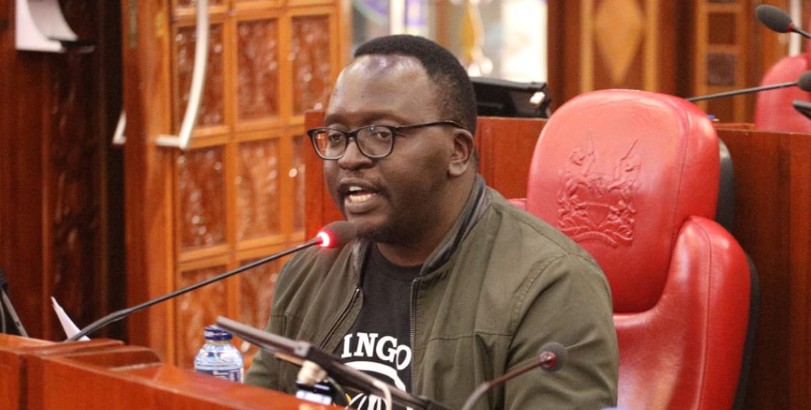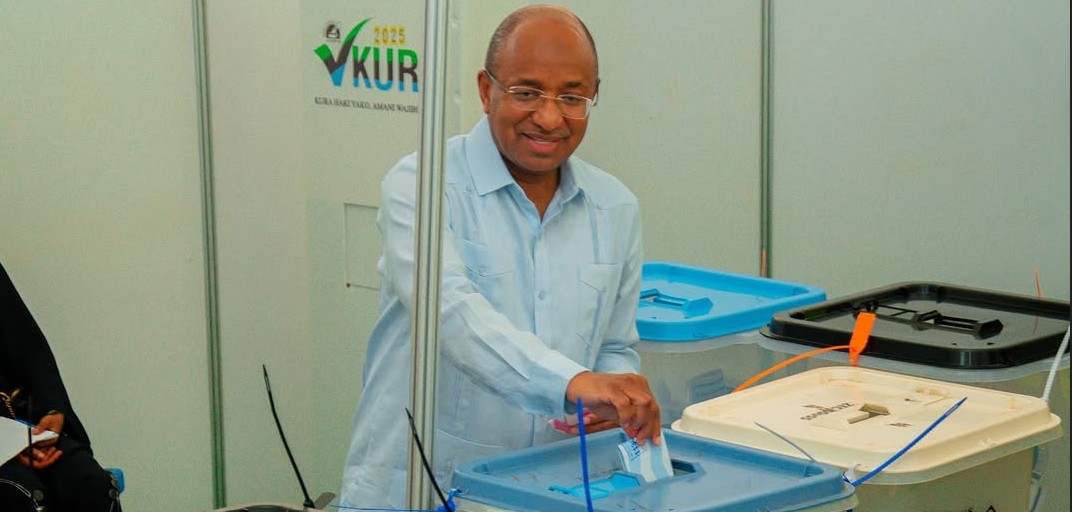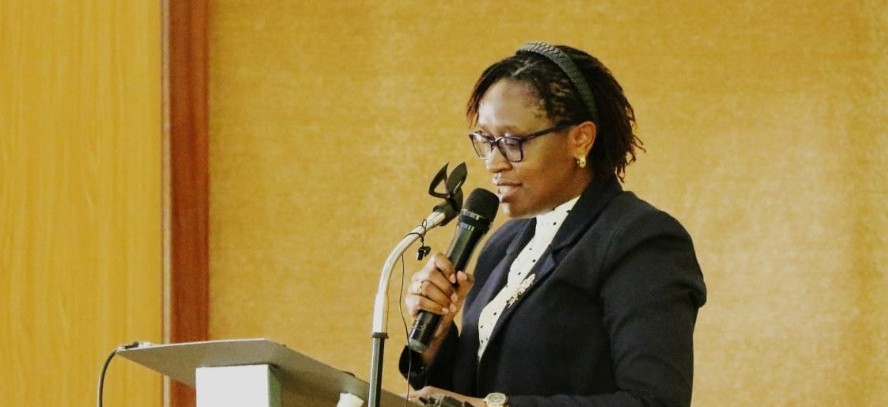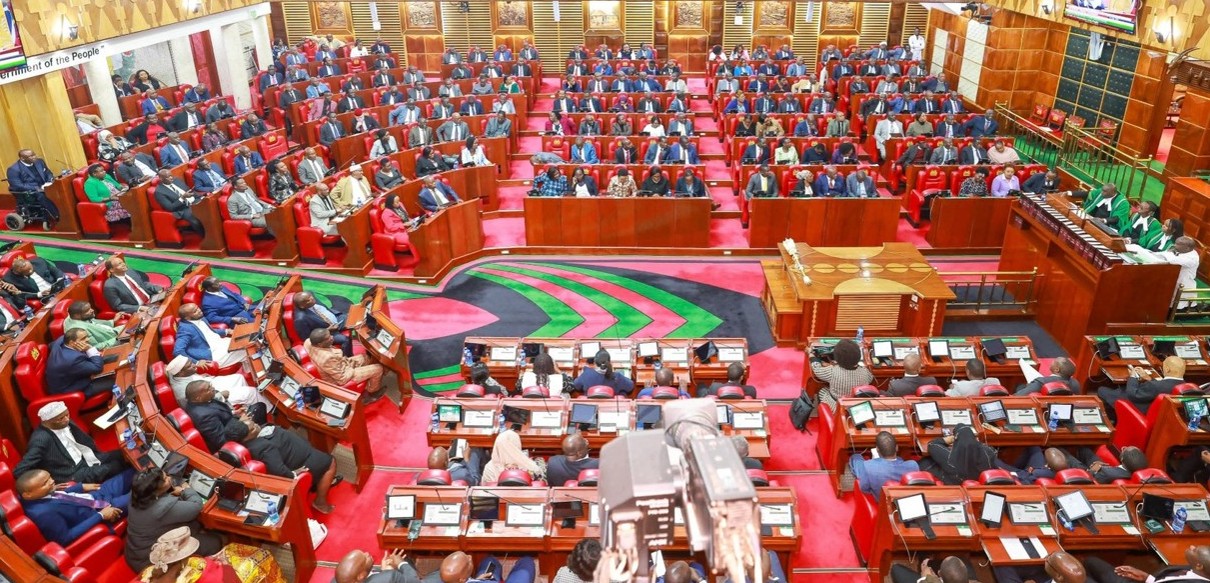TIFA survey: UDA most popular party at 16 per cent, ODM second with 13 per cent

Despite UDA’s lead, the survey shows that support for the ruling party is less than half the proportion of Kenyans who do not identify with any political party, standing at 31 per cent.
The United Democratic Alliance (UDA) has maintained its lead as Kenya’s most popular political party, according to a new survey by Trends and Insights for Africa (TIFA).
The poll released on Wednesday shows that 16 per cent of Kenyans identify with UDA, keeping it ahead of the Orange Democratic Movement (ODM) at 13 per cent and the Democratic Congress Party (DCP) at 9 per cent.
More To Read
- Petitioner seeks court order to suspend IEBC’s 2027 General Election activities amid claims of legal irregularities
- Petition filed to bar Nyeri Governor Mutahi Kahiga from office over alleged hate speech
- Raila Odinga mastered the art of political compromise for the good of Kenya
- ODM leadership transition: Oburu Oginga confirmed as party leader after Raila Odinga’s death
- After Raila Odinga’s death, ODM pledges unity and continued partnership with Ruto
- Indian community moves to honour Raila Odinga with landmark Nairobi statue
The findings further reveal that Azimio Coalition enjoys 5 per cent support, while Wiper Democratic Movement stands at 4 per cent.
Kenya Kwanza Alliance and Jubilee each command 3 per cent, RTA has 2 per cent, while Ford-Kenya and DAP-Kenya each stand at 1 per cent. Other minor parties together account for 2 per cent.
Despite UDA’s lead, the survey shows that support for the ruling party is less than half the proportion of Kenyans who do not identify with any political party, standing at 31 per cent.
TIFA said this figure, combined with another 10 per cent of undecided voters, reflects the highest level of non-alignment ever recorded since the return of multiparty politics in the 1990s.
The research firm observed that the combined support for UDA, ODM and Ford-Kenya, the parties most closely associated with the ruling coalition, adds up to just 30 per cent. This, TIFA noted, leaves a majority of Kenyans outside the orbit of the major political players.
According to the firm, the coming months will be critical in determining how these numbers shift as the country edges closer to the 2027 General Election.
It added that the upcoming by-elections scheduled for November may provide early clues about voter preferences and possible realignments
Top Stories Today
Reader Comments
Trending












































